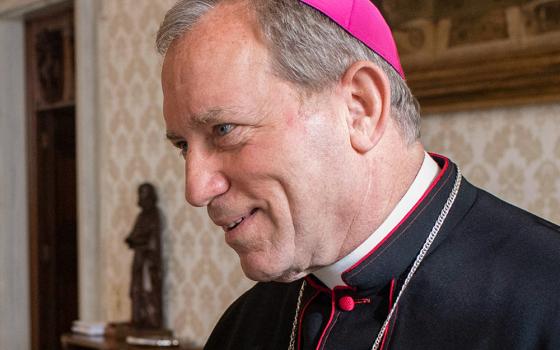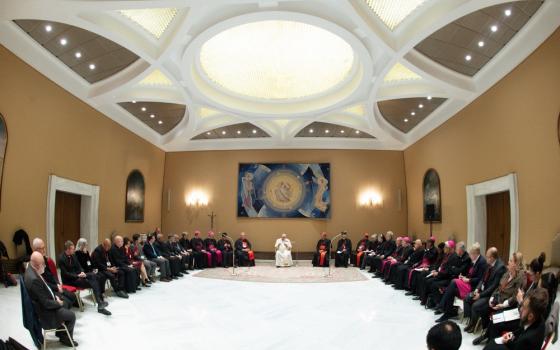On this day in 1691, Pope Alexander VIII died.
Pietro Ottoboni was born in Venice in 1610. He was 79 years old when he was elected pope, and he reigned for sixteen months, from October 6, 1689, to February 1, 1691.
Click here to see his face.
Alexander VIII followed the example of three popes who preceded him--Clement X, Gregory XV, and Sixtus IV--by canonizing five saints on one day: Lorenzo Giustiniani, Juan Capistrano, John of God, Paschal Baylon, and Giovanni of San Facondo."
The canonization, portrayed on the Monument to Alexander VIII in St. Peter's Basilica in a masterful bas relief by Angelo de Rossi, was the highlight of the brief papacy.
Pope Alexander was criticized for restoring nepotism, but a great nephew whom he made a cardinal at the age of twenty-two spent over thirty years after his uncle's death in overseeing the design and sculpture of the tomb.
Cardinal Pietro Ottoboni (1667-1740) and the Vatican Tomb of Pope Alexander VIII, by Edward J. Olszewski, American Philosophical Society, Philadelphia, 2004, may be read in its entirety online.
"The tomb is important for what it reveals about the papacy of Alexander VIII, for what it says of the Venetian presence in the Vatican court, and of Ottoboni pretensions in the family's new Roman context."
"The tomb of Pope Alexander VIII Ottoboni is prominently located in Catholicism's largest basilica, commanding a strategic position in church ceremony on the path from the papal entryway to the apse and to the main altar."
Olszewski's monograph contains fascinating details about the day of the canonization of the five saints, how St. Peter's was decorated, and how much wax was used to light the place--14,000 pounds. "The press of the crowd in the Vatican basilica was so great that one Franciscan suffocated and a second was almost killed."
Olszewski describes the liturgy of the canonization. For each of the new saints, two cardinals presented oblations, "three pairs of essential gifts, although as many as five could be made". "The offerings were bread, doves, and wine (the gift held by Rossi in the relief)."
He tells of the celebrations Cardinal Ottobonni held each year on February 1, the anniversary of Pope Alexander's death. In 1706, the 15th anniversary, he had to pay 3000 scudi to bail his artisans out of jail for a brawl they had gotten into the night before.
The party that year included a "Symphony and a two-act satirical comedy, . . . figures sculpted in sugar, often life-sized . . . Scarlatti's drama La Statira, . . . roasted swans . . . festoons of pasta decorated with burnt sugar . . . partridges . . . woodcocks . . . thrushes . . . .mountain roosters . . ." See page 198.
Later that month, Cardinal Ottoboni had his great uncle's cadaver translated from its temporary resting place in St. Peter's to the new tomb beneath the still uncompleted monument. When the "three boxes of lead, elder wood, and cypress" were opened, the body "seemed not to have decayed."
"Ottoboni was moved to tears on seeing the corpse. He kissed the pope's hand, and replaced the papal ring with another, more splendid ring, containing a large sapphire."
When the requiem ceremonies were over, the "musicians at the basilica began to sing the In Paradisum te deducant angeli in canto fermo as the procession began." See page 201 for a picture of the translation of the cadaver and for a description of its placement in the burial chamber.



